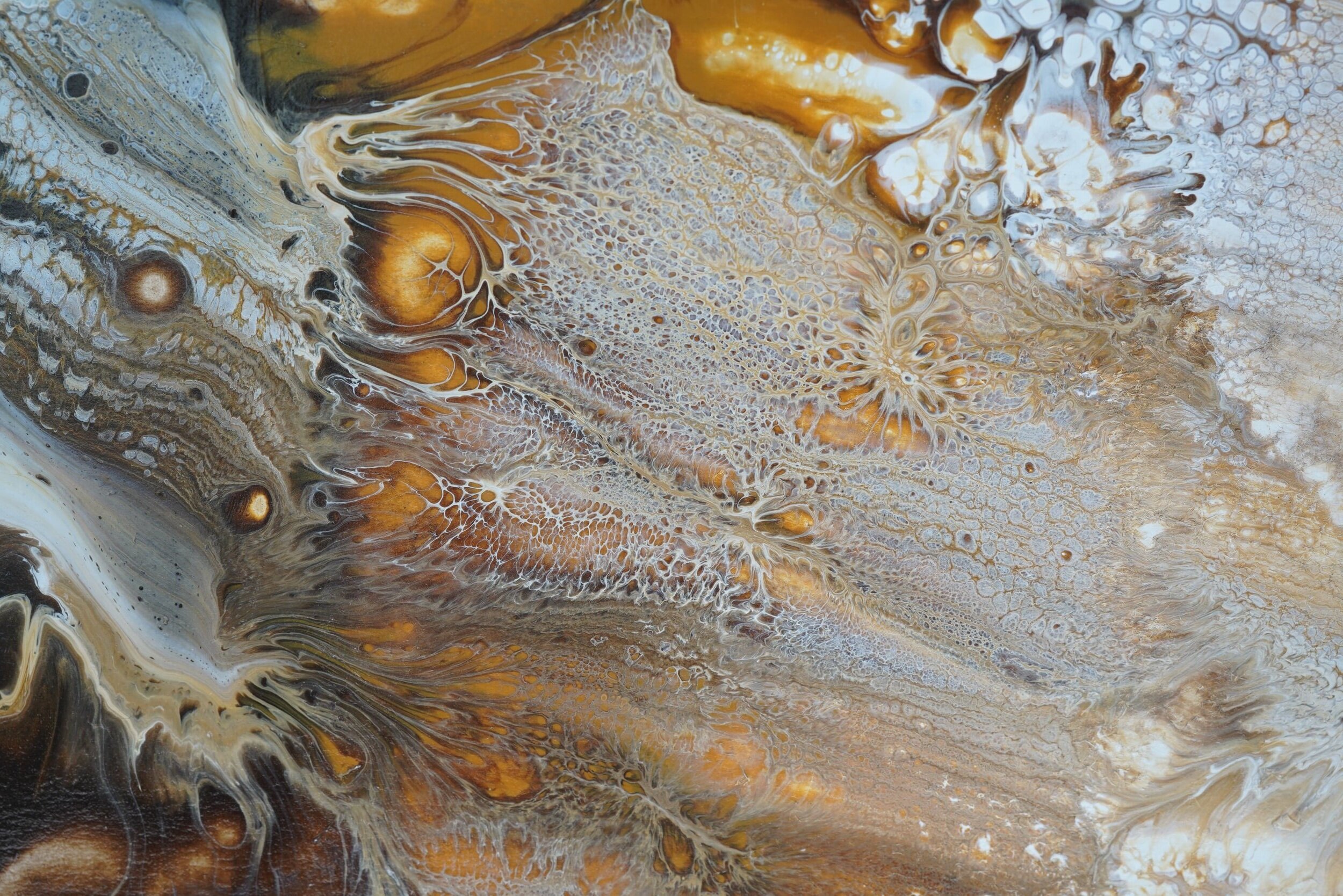
Endoscopic Retrograde Cholangiopancreatography
(ERCP)
What is an Endoscopic Retrograde Cholangiopancreatography?
ERCP is a method that combines the use of endoscopy and fluoroscopy to diagnose and treat a variety of problems encountered within the gall bladder, liver, biliary and /or pancreatic ducts. ERCP can be used as both a diagnostic and therapeutic tool and is primarily used to diagnose and treat conditions such as gallstones, strictures resulting from scars and / or cancer and biliary leaks resulting from trauma or surgery.
When will I need an ERCP?
Many patients present to hospital with symptoms such as abdominal pain, weight loss and jaundice (yellowing of the skin and eyes). These symptoms may be due to several causes. An ERCP can assist doctors in diagnosing a variety of problems including:
· Gallstones
· Bile duct tumours (benign or malignant)
· Pancreatic tumours (benign or malignant)
· Chronic Pancreatitis
· Biliary strictures (due to scarring)
· Biliary leaks (due to trauma or surgery)
Once a diagnosis is made, an ERCP can then allow therapeutic intervention to take place. Therapeutic intervention may include:
· Dilation of strictures
· Insertion of stents to prevent further strictures or to repair biliary leaks
· Removal of stones
· Sphincterotomy (cutting of the sphincter or muscle that lies at the junction of the intestine. This will allow any remaining stones to pass through from the biliary or pancreatic ducts into the intestine and be passed naturally).
What happens during the procedure?
Once you have been formally admitted, a nurse will show you to a cubicle and ask you to change into a white hospital gown. A doctor will then insert an intravenous cannula (needle) into the back of your hand. This will be used throughout the procedure to administer your sedation (a mild drug to put you to sleep). You will then be taken through to the endoscopy suite and positioned on a hard table. Your nurse will attach you to specific equipment used to monitor your blood pressure and heart rate throughout the procedure. A sedative will then be administered through the needle in the back of your hand. Once asleep, your procedure will begin.
A long, flexible camera (endoscope) is passed through your mouth, down the oesophagus, into the stomach and through to the duodenum (the beginning of the small intestine). Once the duodenum is reached, doctors then identify the Ampulla of Vater (an opening into the common bile duct and pancreatic duct).Once this opening has been identified, doctors can then pass a small plastic catheter (tube) through the endoscope into the ampulla. Once this tube is in the correct position, doctors then inject a contrast agent (dye) into the bile ducts, and/or pancreatic ducts. Once the dye has been injected, fluoroscopy (x rays) is used to visualize blockages, stones or lesions.
Throughout the ERCP, your doctor has the opportunity to perform various other procedures. These include: obtaining tissue samples for biopsy; inserting a basket and / or balloon through the endoscope to trawl (clean) the common bile duct of gallstones and debris and, performing a sphincterotomy (cutting of the sphincter or muscle that lies at the junction of the intestine, allowing any remaining stones to pass through from the biliary or pancreatic ducts into the intestine and be passed naturally). Doctors may also insert plastic or metal stents (small tubes) to assist the drainage of bile and prevent further blockages in the future. The procedure can take between 15 – 45 minutes.
What to expect after the procedure?
You will be taken to the day procedure recovery room where a nurse will monitor you for 2 – 4 hours, checking your heart rate, blood pressure and level of discomfort. If your recovery is uncomplicated, you will be allowed to consume oral fluids after 2 hours. A doctor will visit you during this time and discuss the results of your ERCP.
Before you are discharged home, you will be given a medical certificate (if required), follow up appointment at the outpatient clinic, a letter for your local doctor and pain relief medication.
This information is intended as a guideline only. If you have any further questions or concerns, please ask your doctor.

